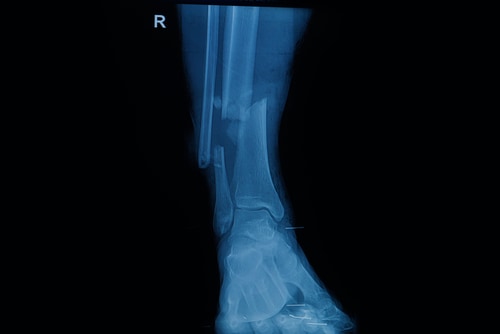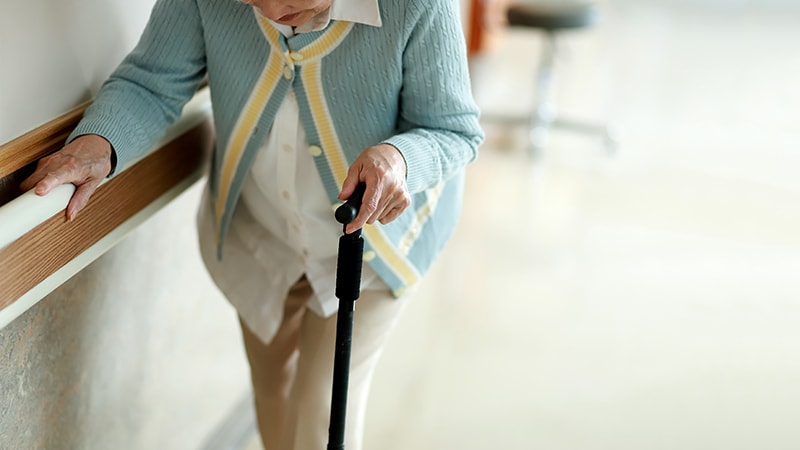Takeaway
- A multicomponent home-based physical therapy (the training group) failed to improve the ability to walk compared with an active control group in older adults recovering from hip fracture.
Why this matters
- One of the first trials to focus on community ambulation (e.g., the ability to cross the street before the traffic light changes) and use an active control group.
Study design
- Randomised controlled trial (RCT; n=210) comparing the training group (aerobic, strength, balance, and functional training) vs the active control group (transcutaneous electrical nerve stimulation and active range-of-motion exercises), with both groups receiving 2-3 home visits per week from a physical therapist for 16 weeks.
- Primary outcome was community ambulation, defined as walking ≥300 m in 6 minutes at 16 weeks.
- Funding: NIH; other.
Key results
- No difference between groups in community ambulation (22.9% of the training group vs 17.8% of the active control individuals; difference, 5.1%; 1-sided P=.19).
- 16.2% of the training group vs 14.3% of active control individuals had a reportable adverse event. The most common were:
- Falls (n=6 [5.7%] vs n=4 [3.8%], respectively).
- Femur/hip fracture (n=2 per group).
- Pneumonia (n=2 vs 0).
- Urinary tract infection (n=2 vs 0).
- Dehydration (n=0 vs 2).
- Dyspnoea (n=0 vs 2).
Limitation
- Sample may not be representative.
References
References



